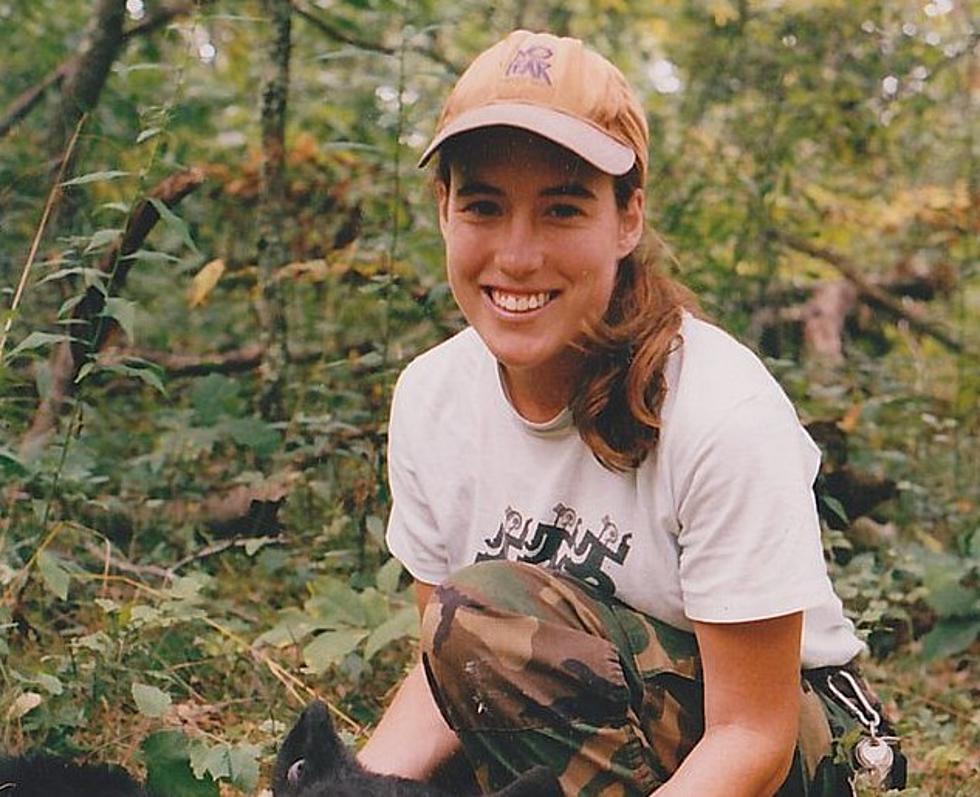
Doctor Mom: Son’s Dyslexia Inspired Elizabeth Green to Pursue a Doctorate, Train Teachers
BOZEMAN — A combination of personal and professional experiences led Elizabeth Green to pursue a doctoral degree from Montana State University’s College of Education, Health and Human Development.
As an elementary school teacher for five years in Georgia, she developed a keen understanding of the importance of literacy and became familiar with some of the barriers that can make literacy challenging for young learners.
Green is also a mother, and she and her husband moved to Bozeman when their son, Sam, was 2. When Sam was in first grade, he was diagnosed with dyslexia and dysgraphia, which can cause difficulties with reading and writing. As Green observed him going through diagnosis, she noticed that he felt isolated.
“One night he was really upset,” Green recalled. “He wondered if he was the only kid who had dyslexia.”
Green knows that dyslexia is quite common, affecting as many as one in one in five people. The incongruity between what her son was feeling and what statistics showed led to an “aha” moment, she said.
“For him to feel so alone told me there’s not enough awareness,” she said. “As a teacher-educator, I wanted to do more.”
At the time, Green was working as an education director with a nonprofit organization in Bozeman. She wrote curriculum, hired and trained educators and worked to get those educators into local schools. She had also previously received a master’s degree in education with a literacy concentration.
“I realized I missed the world of literacy, and I also found out that I really enjoy training educators,” Green said.
She decided to parlay her experience teaching, her experience as a mother and her desire to help educate future educators into a doctoral degree. She’ll graduate from MSU on May 12 with a doctorate in education.
As a doctoral student, Green has taken classes, taught undergraduate students, worked to include more training about dyslexia in the MSU teacher educator program, and supervised graduate students who have been involved with the university’s Inclusive Community Camp, a summer day camp that has been carefully designed both for children with additional support needs – including those with Down syndrome and autism – and for those without additional support needs. She has also been involved with MSU’s annual Dyslexia and Innovation Symposium, which spotlights the strengths of the dyslexic mind.
In addition, Green has conducted research with Sarah Pennington, associate professor and head of the MSU Department of Education, and has presented her research at several conferences, including this year’s Association for Middle Level Education, or AMLE, conference.
For her doctoral research, Green examined how dyslexia is represented in children’s fiction picture books. She said there is a history of educators not understanding what dyslexia truly is, and as a parent, she has experienced some of that misunderstanding firsthand.
Dyslexia is often thought of as a vision problem, Green noted, with a common misconception that individuals who have dyslexia see letters reversed or moving on the page, for example. But, according to research, the disorder is actually connected to decoding in the brain, particularly in matching letters to sounds and identifying basic syllables and units of sound in written language. Dyslexia can also affect spelling, writing and math.
“There are vision issues that can affect learning, but that’s not dyslexia,” Green said. “If we have a child with dyslexia and are going down the vision path, we’re missing what they need. They need explicit, direct instruction in phonics and phonemic awareness to strengthen connections in the brain that are weaker.
“I became curious to see how pervasive these misconceptions are,” Green said.
For her thesis, Green examined 59 children’s books written in English, available in print and published between 2004 and 2022 that include a character with dyslexia. Her research questions included: What are the books’ major themes, how is dyslexia portrayed in these books and what misconceptions about dyslexia are present in these books?
Among other conclusions, Green found that children with dyslexia were portrayed negatively overall in both the texts and illustrations in many of the books she examined. Male characters were portrayed as having more behavior problems than female characters, and non-dyslexic characters were portrayed more positively than characters who had dyslexia. Green also found that in nearly 70% of the books, the “problem” of dyslexia-related struggles was portrayed as being solved by the end of the story.
Overall, Green’s research showed that the books often reinforce misconceptions, and she pointed out that those misconceptions, in turn, can and do affect diagnosis and treatment. Green found that nearly 80% of the books she examined included misconceptions about dyslexia; Green said she found 10 books that did not include misconceptions. She emphasized that it’s important for educators and caregivers to choose accurate and respectful texts.
“Portraying dyslexia as something to hide, overcome or cure perpetuates the idea that having a disability is shameful, tragic or pitiable,” Green said.
She noted that building awareness about dyslexia is important.
“Literacy is one of the gateways to living a productive civil life,” Green said. “Teaching future teachers how to teach using scientific and research-based practices will affect not only them but all of the students they will teach, too.
“The more teachers know, the better they can help all their students,” she continued.
Green added that she consistently sees both students with dyslexia and the teachers who work with them putting forth their best efforts.
“These kiddos (with dyslexia) are trying so hard, all day, every day,” Green said. “And one thing I keep finding is that teachers want to know as much as they can. At their very core, they want to help kids.”
In the future, Green plans to continue doing research. She would ultimately like to find a tenure-track faculty position as a literacy professor.
Pennington noted that working with Green has helped her grow as a scholar.
“Her passionate advocacy as a parent and her desire to engage in research that can meaningfully impact the lived experiences of children with dyslexia has pushed me to more purposefully consider the real-life applications and consequences of my own scholarship and teaching,” Pennington said. “Her awareness of who is represented and how they are being represented within children's literature makes her an excellent resource for students in our education program who will engage in selecting books for their own classroom library.”
Green believes that efforts to better train future teachers to work with students with dyslexia will make a positive impact.
“I think that the misconceptions (about dyslexia) are directly tied to being able to see what our students need,” Green said. “That’s why it’s so important for me to train educators on what dyslexia is and is not, so that when they have a student like my son in their classes, they can think, ‘I remember learning about this at MSU, so I know what to do, and who to pull in to get this kiddo diagnosed to get them what they need.’ It’s all connected.”
- by Anne Cantrell, MSU News Service -
More From KSEN AM 1150









